Unclutter Your Space: Simple Living Through Home Organization
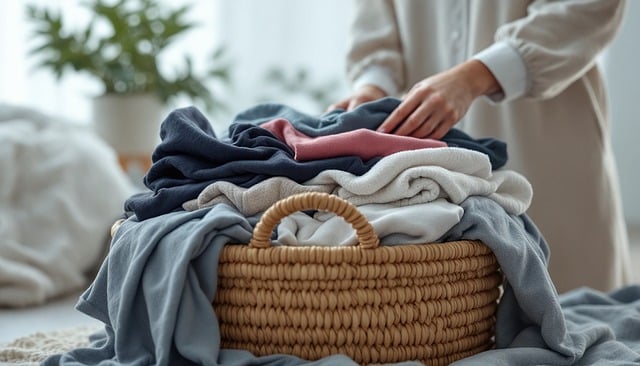
Transform spaces through home organization and decluttering: sort items into keep, donate/sell, recy…….
In today’s fast-paced world, maintaining a well-organized and clutter-free home has become an art and a necessity. Home organization and decluttering is not merely about aesthetics; it is a systematic approach to optimizing living spaces, enhancing quality of life, and promoting mental clarity. This comprehensive article aims to explore every facet of this transformative process, offering valuable insights for individuals seeking to reclaim their personal sanctuaries. From understanding the core principles to uncovering global trends and technological innovations, we will delve into the world of home organization, empowering readers with practical strategies to transform their living environments.
Definition: Home organization and decluttering is a process of systematically arranging and reducing personal belongings within a residential space, focusing on functionality, aesthetics, and mental well-being. It involves categorizing items, eliminating excess, and designing storage solutions tailored to individual needs.
Core Components:
Assessment: The initial step involves evaluating the current state of the home, identifying problem areas, and understanding the owner’s preferences and lifestyle.
Categorization: Items are sorted into categories based on function, such as clothing, books, kitchenware, etc. This process aids in making informed decisions about retention or disposal.
Decluttering: This involves selectively removing items that are no longer needed, wanted, or useful. It may include donating, selling, recycling, or discarding items to minimize clutter and create space.
Organizing: Once decluttered, belongings are categorized and stored efficiently. Creative storage solutions, labeling systems, and designated areas for each category ensure a well-ordered home.
Maintaining: The final step is establishing a maintenance plan to prevent future clutter buildup. Regular upkeep ensures the organization system remains effective over time.
Historical Context: The concept of minimalism and organized living has evolved over centuries, influenced by cultural shifts and practical needs. From the Japanese art of ‘KonMari’ (a method of organizing based on keeping only items that “spark joy”) to Western approaches emphasizing space-saving and efficiency, home organization has been a constant in human history. However, modern life’s increased complexity has led to a growing emphasis on tailored, stress-reducing living spaces.
The practice of home organization and decluttering transcends geographical boundaries, yet regional variations exist:
| Region | Trending Practices | Cultural Influences |
|---|---|---|
| North America | Smart storage solutions, open-concept living, digital organizing apps | Minimalist aesthetics, efficient use of space |
| Europe | Sustainable and eco-friendly organization, upcycling furniture | Focus on community and shared spaces |
| Asia | Incorporation of feng shui principles, vertical space optimization | Respect for tradition and heritage |
| Middle East | Opulent decor, emphasis on entertainment areas | Hospitality and family gatherings |
These trends reflect the diverse cultural values and lifestyles worldwide, shaping the way people approach home organization. Globalization has also facilitated the exchange of ideas, leading to a richer and more varied landscape of organizational methods.
Market Dynamics: The home organization industry is a significant global sector, with various products and services catering to this demand. From storage furniture and organizing tools to professional decluttering services, this market continues to grow. According to a 2022 report by Grand View Research, the global home organization market size was valued at USD 37.1 billion in 2021 and is expected to expand at a compound annual growth rate (CAGR) of 6.5% from 2022 to 2030.
Investment Patterns: Many individuals view decluttered homes as an investment opportunity, both practically and financially. A well-organized space can enhance the resale value of a property, making it more appealing to potential buyers. Real estate agents often emphasize the benefits of home organization to clients looking to sell or improve their living spaces.
Economic Impact: The economic implications extend beyond the market. Decluttering can lead to reduced stress levels and improved mental well-being, resulting in increased productivity and overall life satisfaction. This indirect economic benefit underscores the importance of home organization as a vital aspect of modern lifestyle management.
Technology plays a pivotal role in modern home organization:
Smart Home Devices: Voice assistants, smart locks, and automated lighting systems can be integrated into organizational routines, allowing for hands-free control and energy efficiency.
Organizing Apps: Numerous mobile applications offer digital solutions for inventory management, storage optimization, and visual inspiration. These apps provide users with virtual toolkits to streamline the organization process.
Augmented Reality (AR): AR technology is revolutionizing home design and organization. Users can virtually arrange furniture and accessories in their spaces, ensuring aesthetic harmony before making purchases.
Internet of Things (IoT): IoT-enabled storage solutions, such as smart closets and connected drawers, provide real-time inventory updates and automated organization features.
These technological innovations not only simplify the process but also make it more engaging and personalized.
Start with One Room: Choose a specific area, like a closet or desk, to begin your decluttering journey. This focused approach prevents feeling overwhelmed.
Set a Timer: Use a timer for 15-30 minutes to keep the process structured and efficient. This technique, known as ‘time blocking,’ helps maintain momentum.
Categorize and Decide: Sort items into piles: keep, donate/sell, recycle/trash. Be ruthless but consider each item’s emotional value and practical use.
Visualize the End Goal: Envision how you want the space to look and feel after decluttering. This mental image will guide your decisions.
Implement a System: Create a system for organizing the remaining items, ensuring it aligns with your lifestyle and preferences.
Challenge: Emotional Attachment to Items
Solution: Recognize that attachment is normal but can hinder progress. Consider the item’s practical value versus sentimental attachment. Keep only what serves a current purpose or holds significant meaning.
Challenge: Lack of Time
Solution: Break down the task into manageable chunks. Start small, and set realistic goals. Even short periods of decluttering daily accumulate to significant results over time.
Challenge: Where to Begin?
Solution: Start with easily accessible areas or those causing the most clutter. Once momentum is gained, move on to more challenging spaces.
Establishing a maintenance routine ensures your hard work remains consistent:
Regularly Sort Through Items: Set aside time each month to check and organize belongings, preventing clutter buildup.
Implement a ‘One-In, One-Out’ Policy: For every new item brought in, remove another to maintain balance.
Designate Storage for Each Item: Ensure every item has a designated place, making it easier to put things away and find them later.
Regularly Clean and Declutter: Make cleaning part of your regular routine to prevent dust accumulation and clutter growth.
Home organization offers numerous advantages:
Reduced Stress: A tidy space contributes to mental clarity and a sense of calm, reducing stress levels.
Improved Focus: Organized environments minimize distractions, enhancing concentration and productivity.
Enhanced Well-being: Living in a clutter-free space can improve sleep quality and overall satisfaction with life.
Increased Storage Capacity: Efficient organization allows for better utilization of available storage, reducing the need for additional space.
Financial Savings: Decluttering may reveal unused items with monetary value, providing opportunities for resale or repurposing.
Home organization and decluttering are transformative processes that go beyond aesthetics. They offer a path to improved lifestyle management, enhanced well-being, and increased personal satisfaction. By understanding the core principles, embracing global trends, and leveraging technological advancements, individuals can embark on their journey to reclaim control of their living spaces. With dedication and practical strategies, anyone can create a home that reflects their personality, supports their lifestyle, and brings peace to their daily lives.

Transform spaces through home organization and decluttering: sort items into keep, donate/sell, recy…….
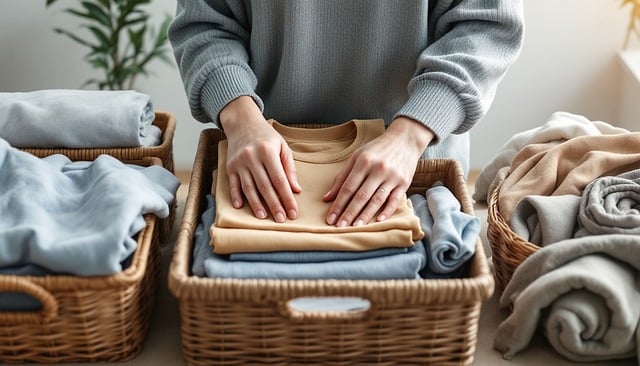
Declutter and organize spaces to simplify life, creating serene environments reflecting personal pri…….

Unclutter spaces, start by sorting rooms into keep, donate/sell, discard. Use strategic storage like…….
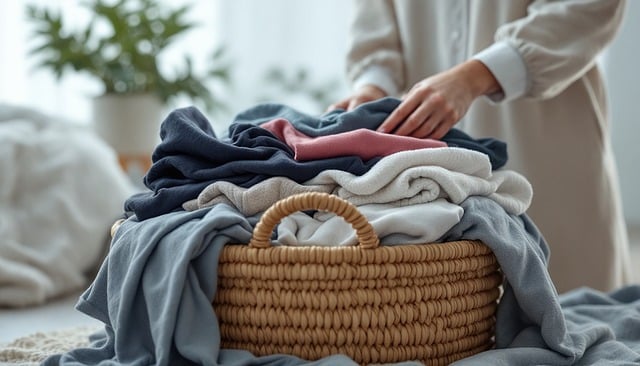
Identifying clutter triggers and implementing tailored storage solutions like baskets, bins, and she…….
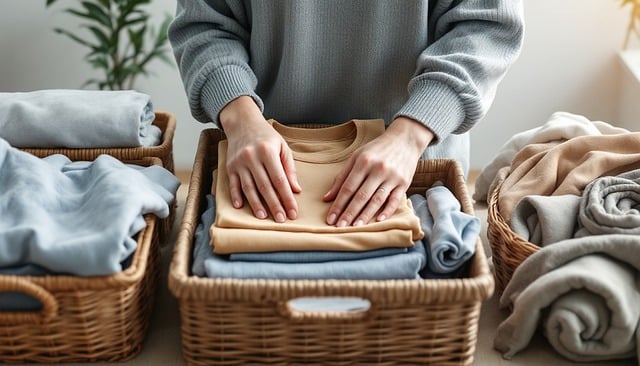
For seniors navigating aging, Home Organization and Decluttering can be challenging due to downsizin…….
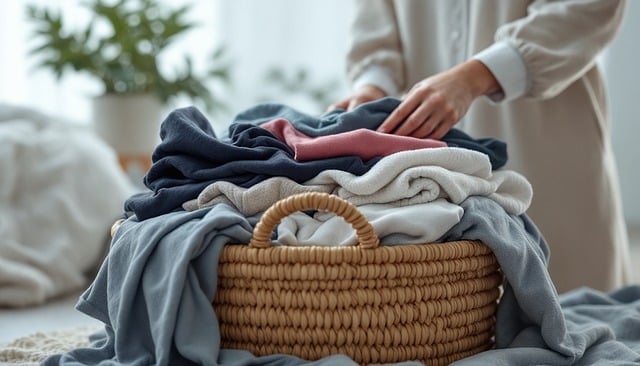
Cluttered spaces can negatively impact mental clarity, productivity, and overall well-being. Impleme…….
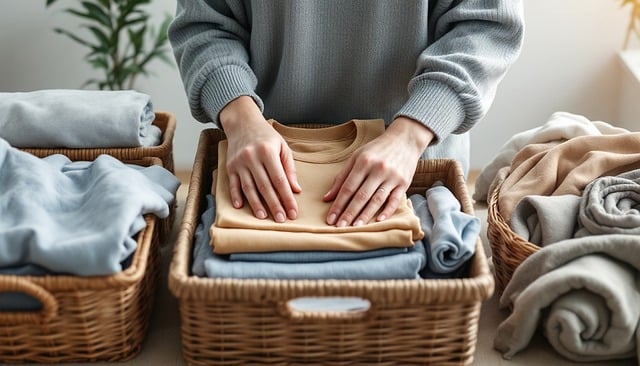
Home Organization and Decluttering is key to achieving effective space management. Professional desi…….
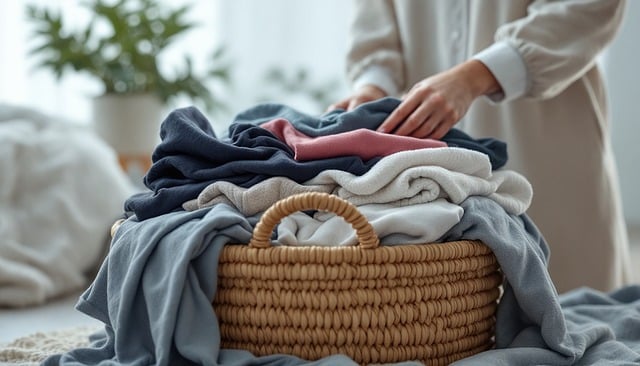
Seniors can greatly benefit from professional decluttering services tailored to their unique needs……..